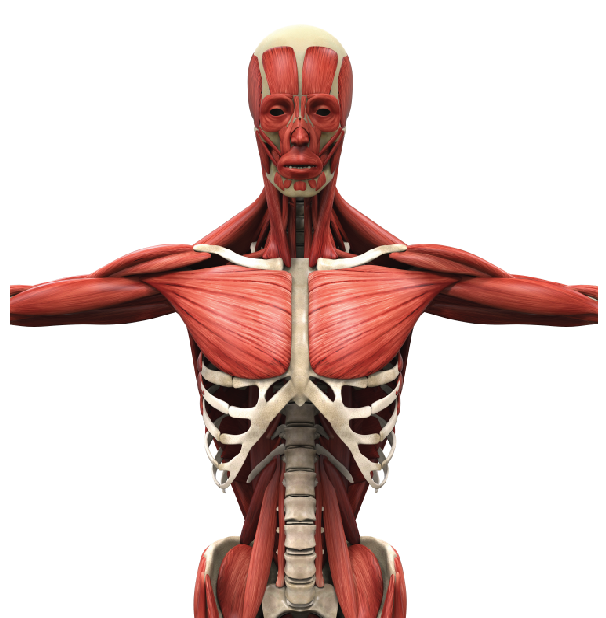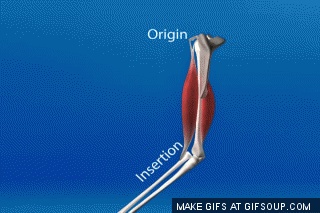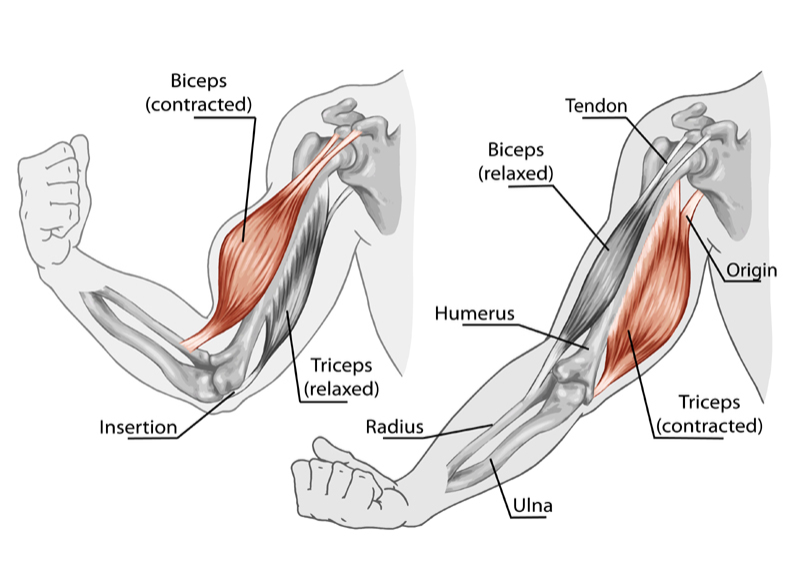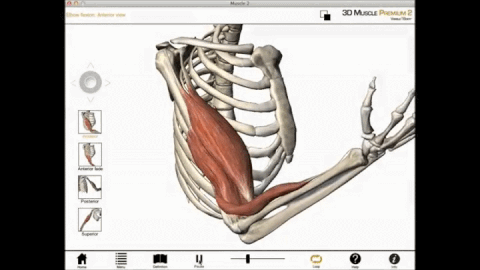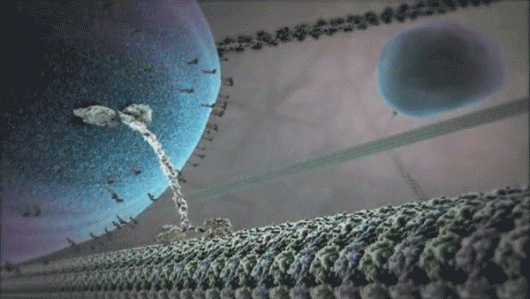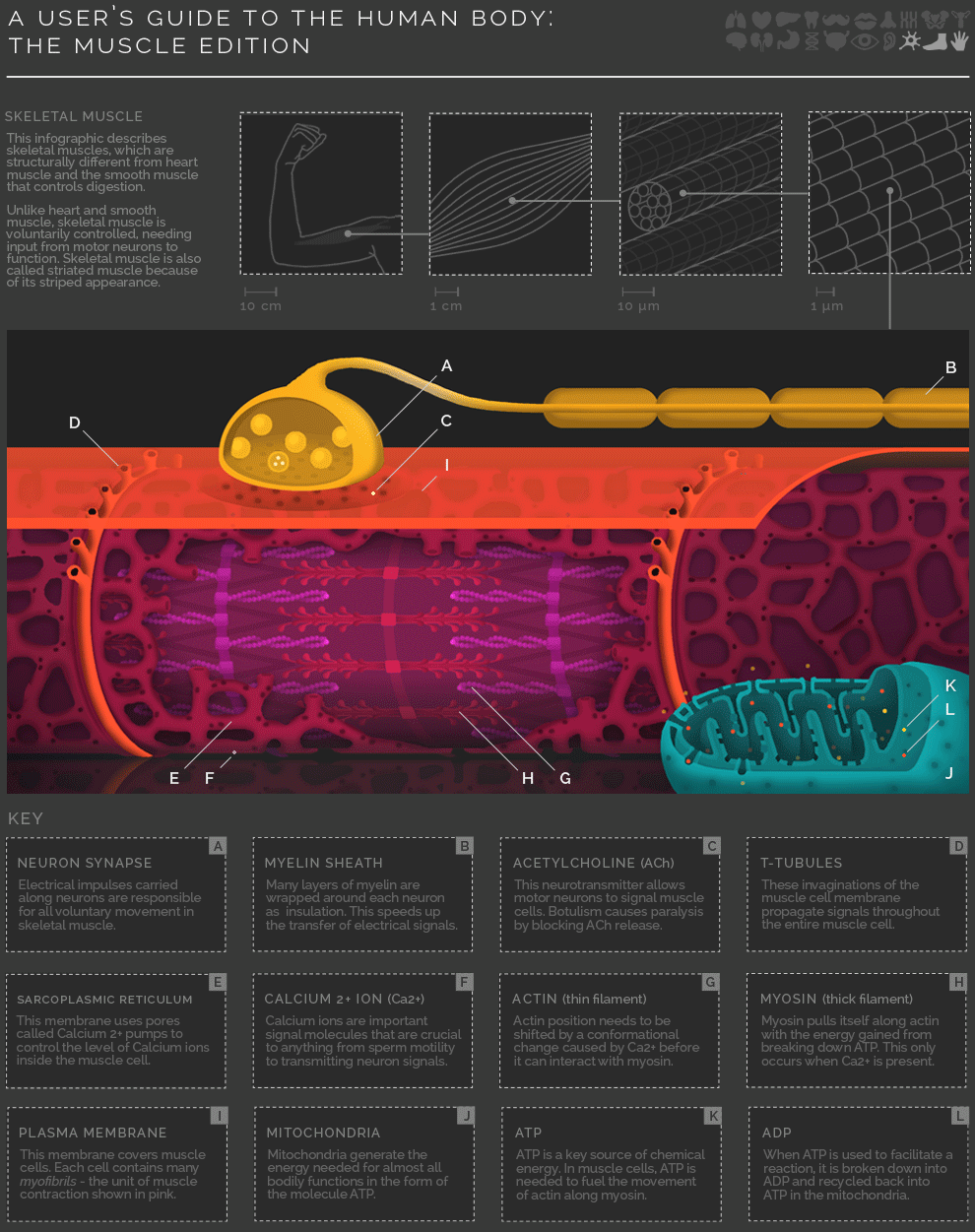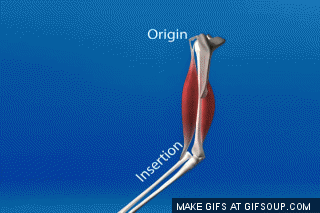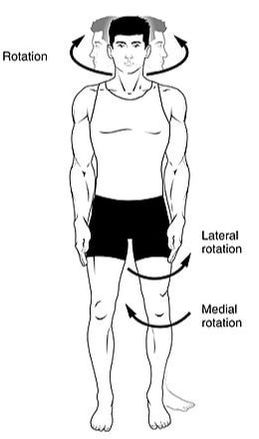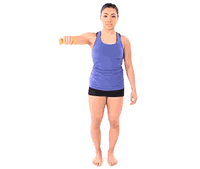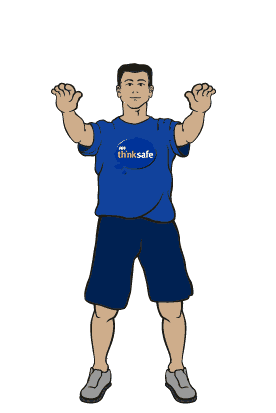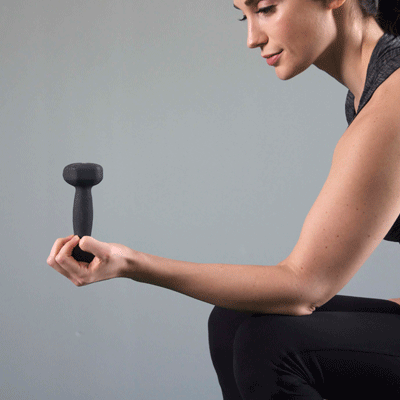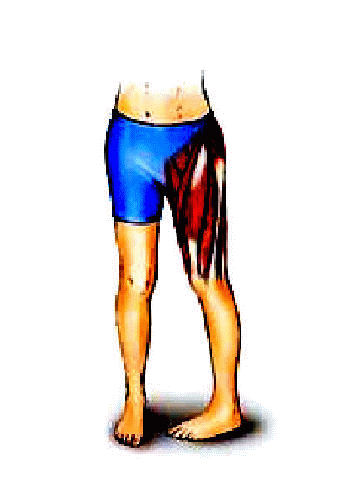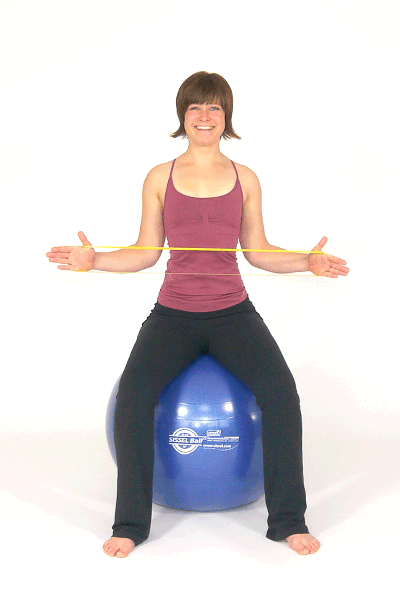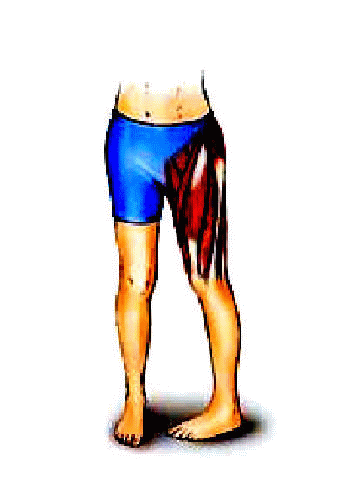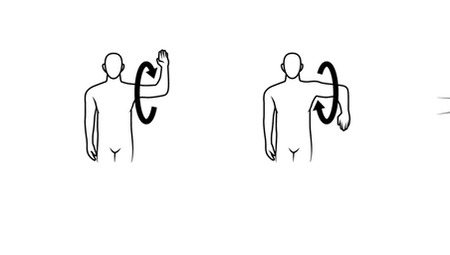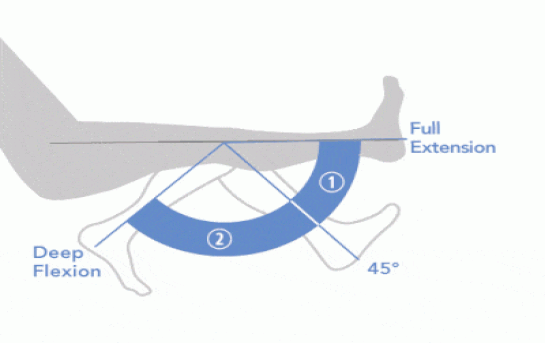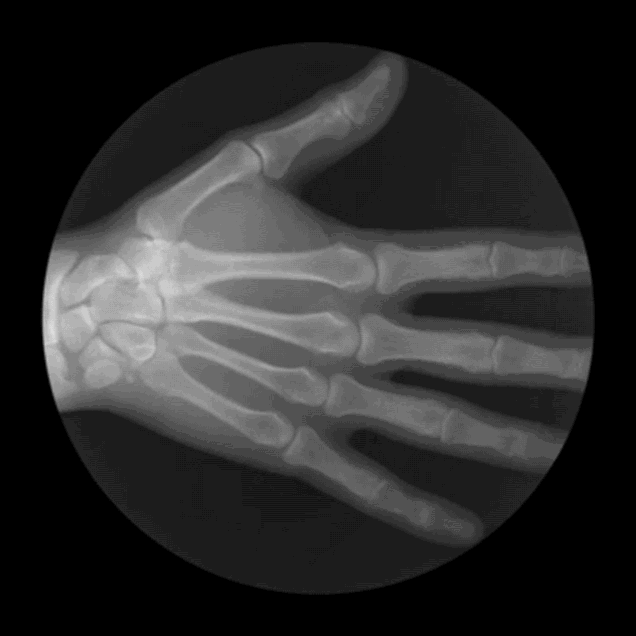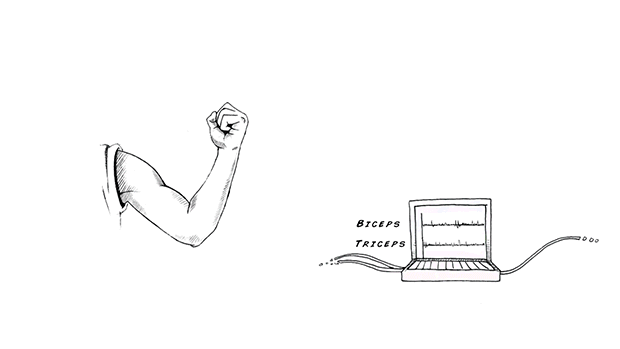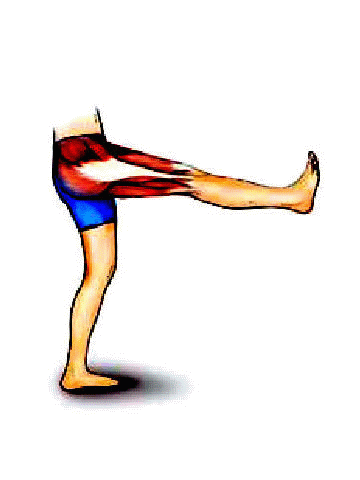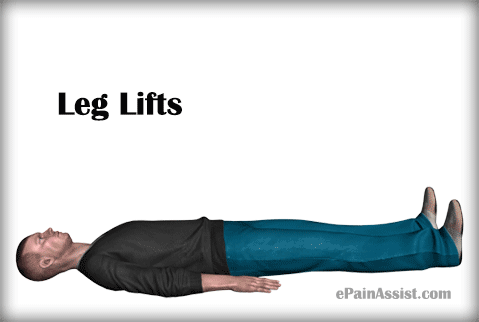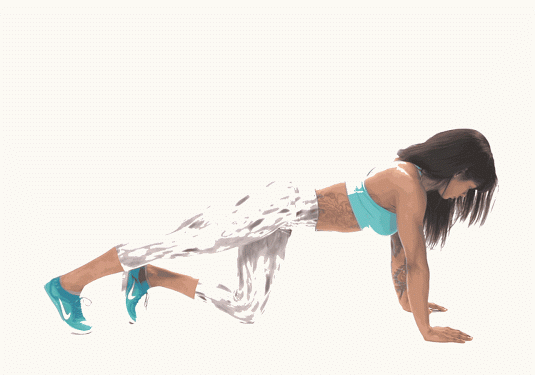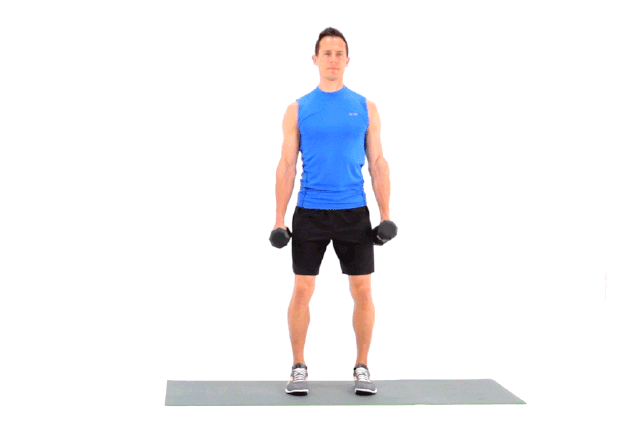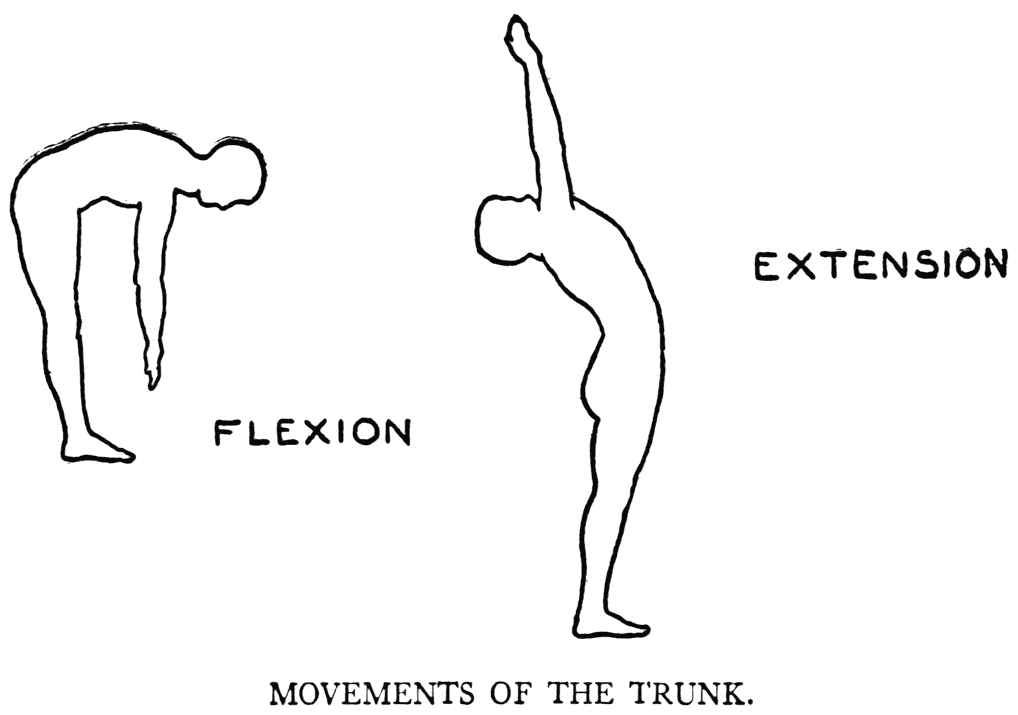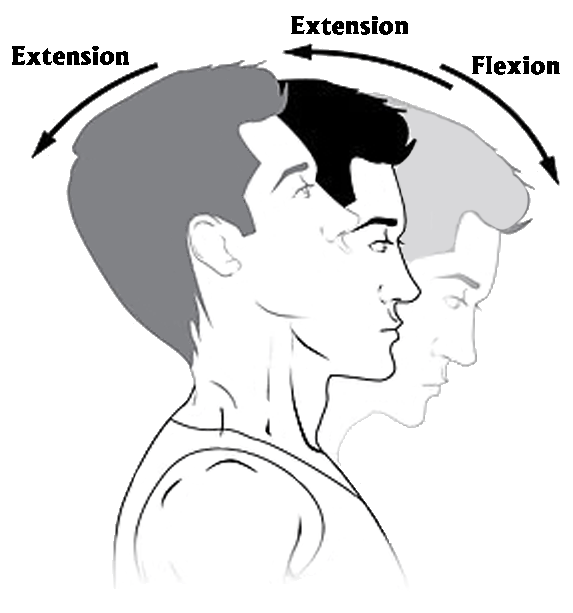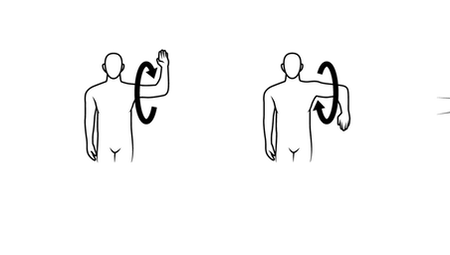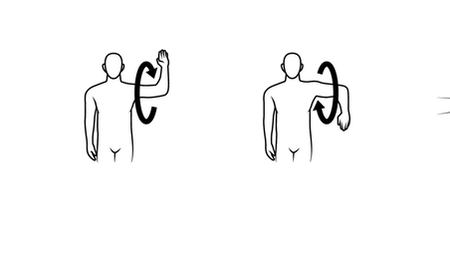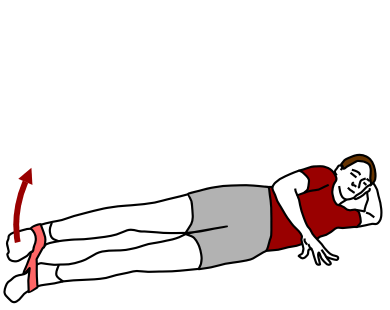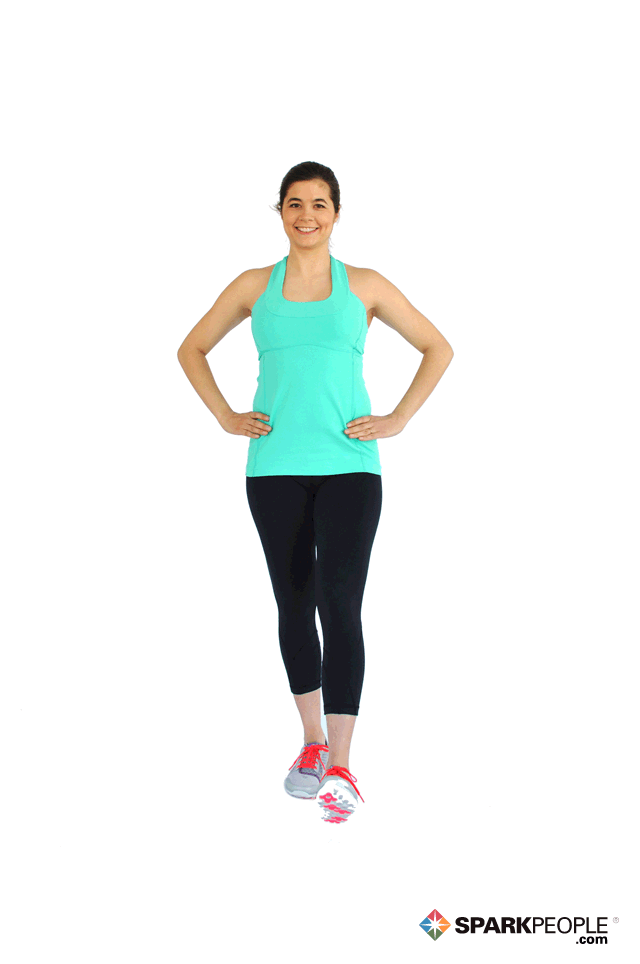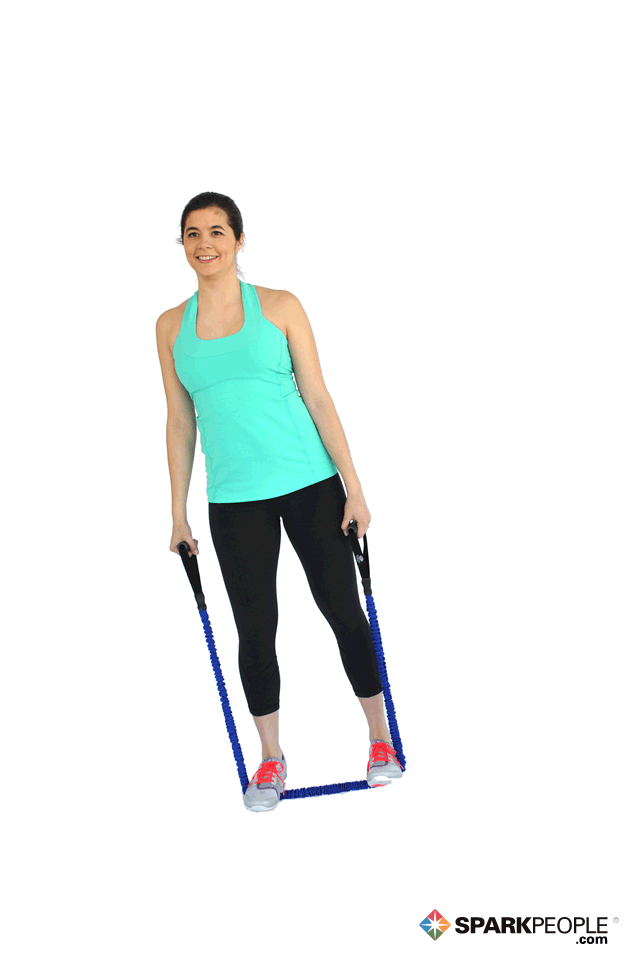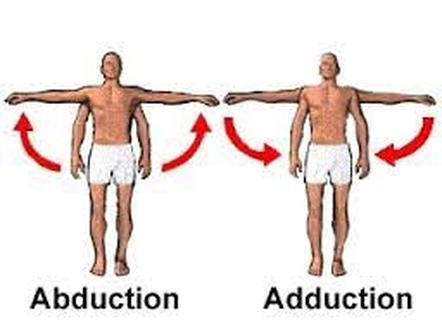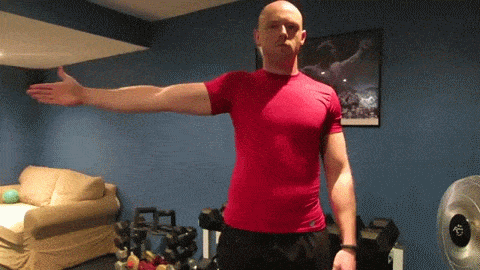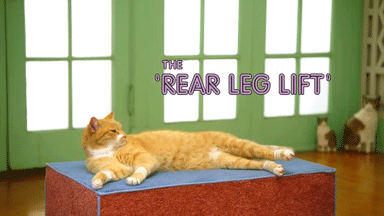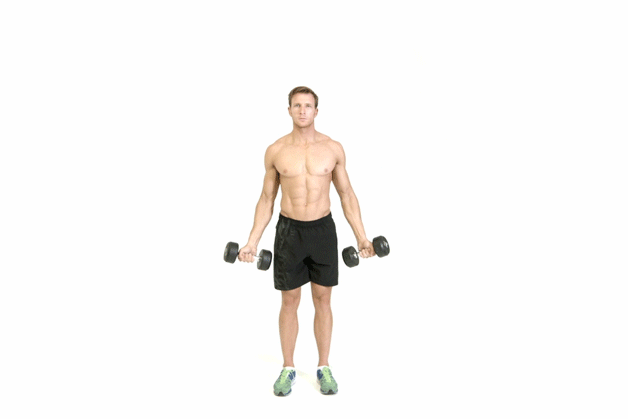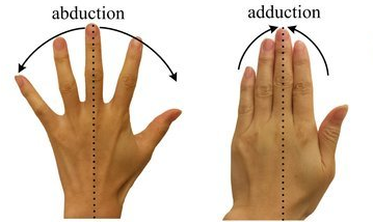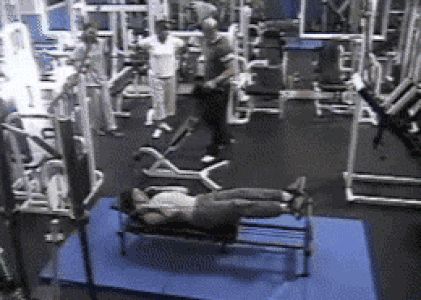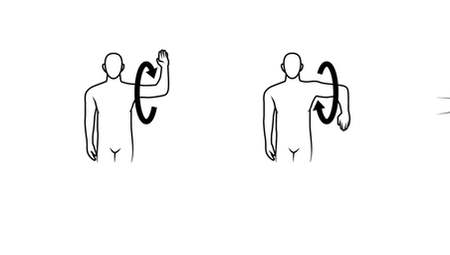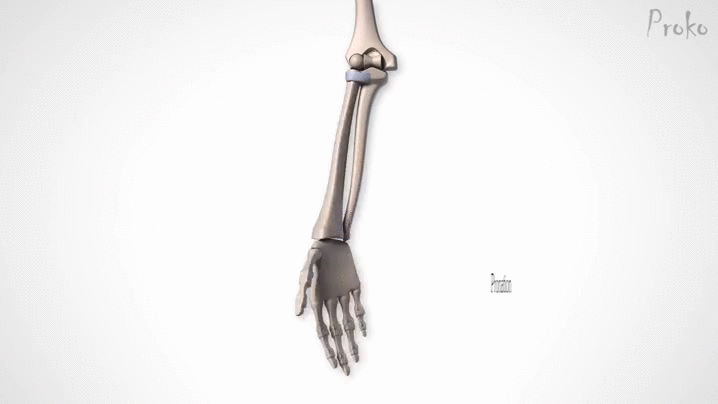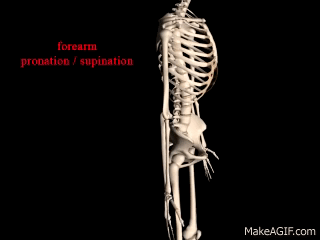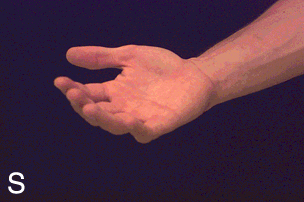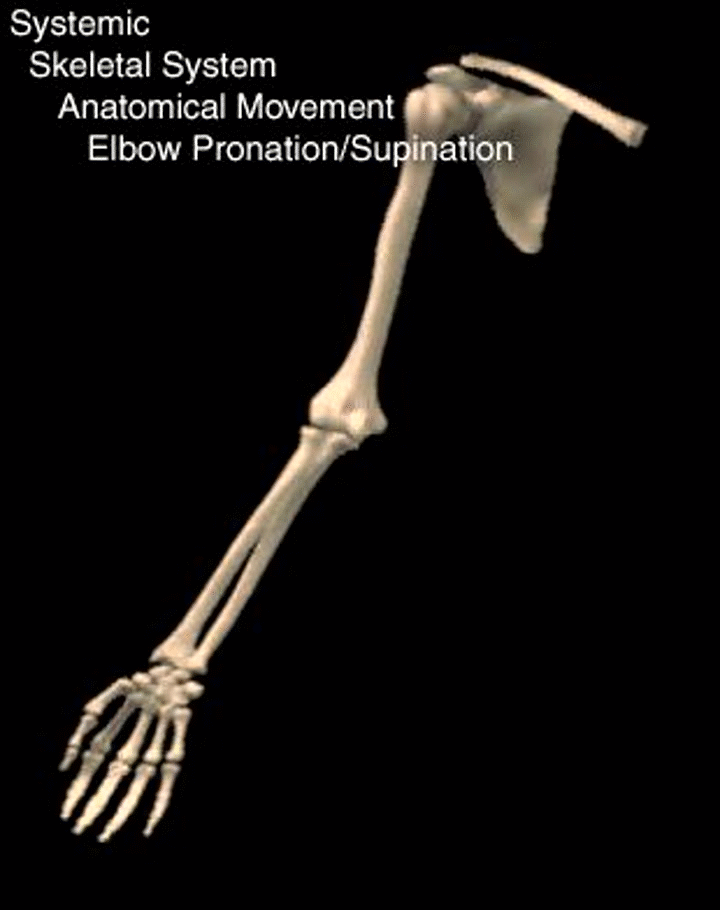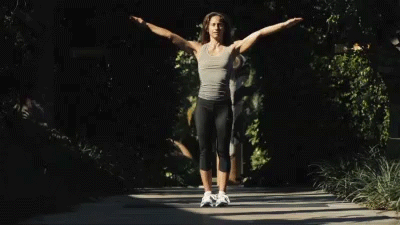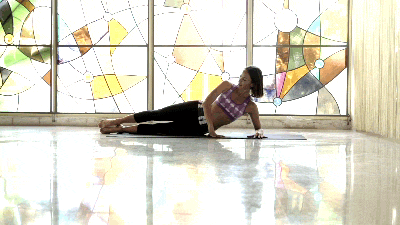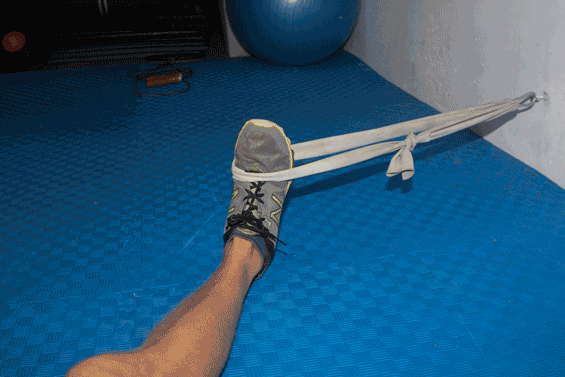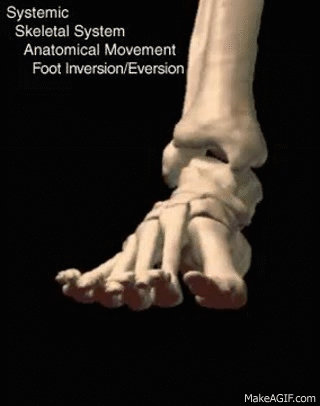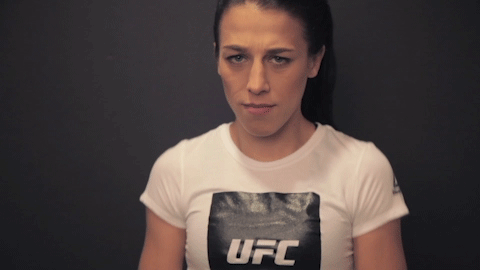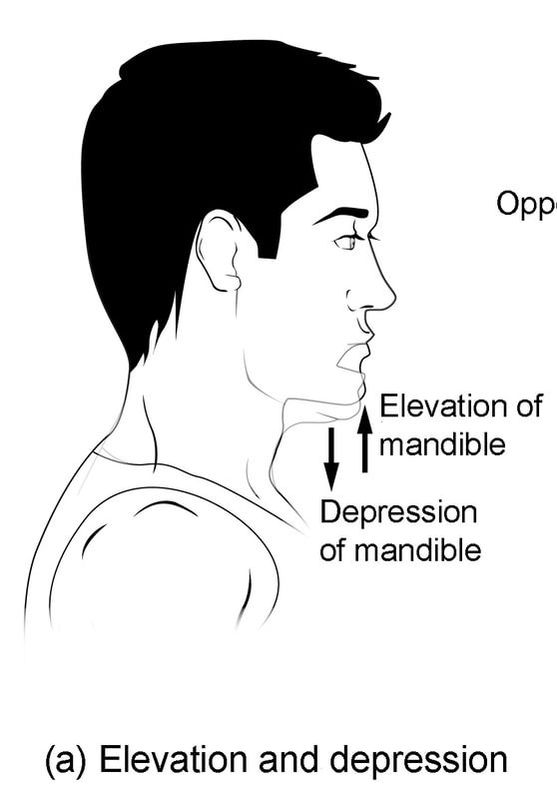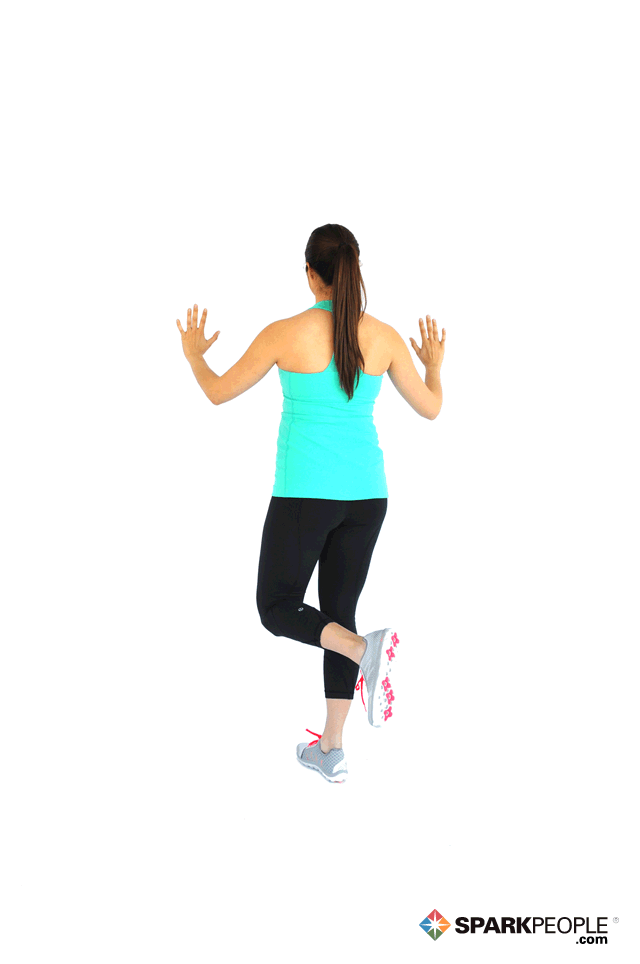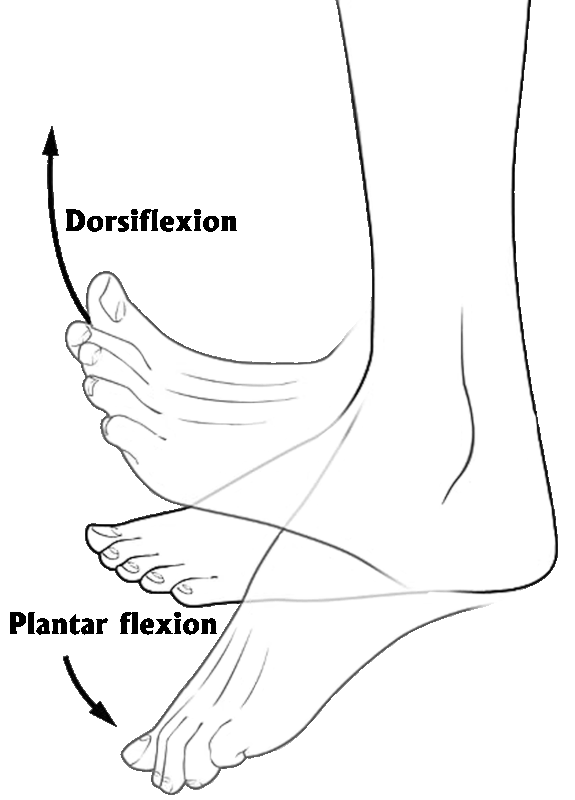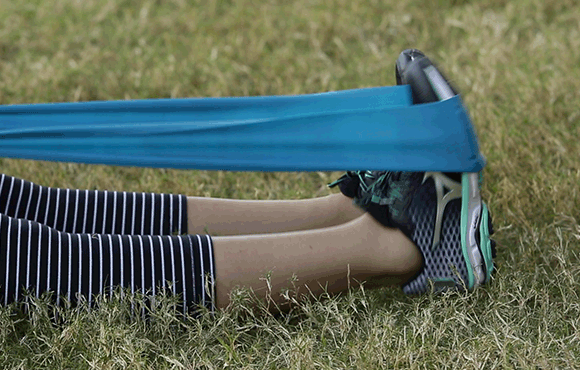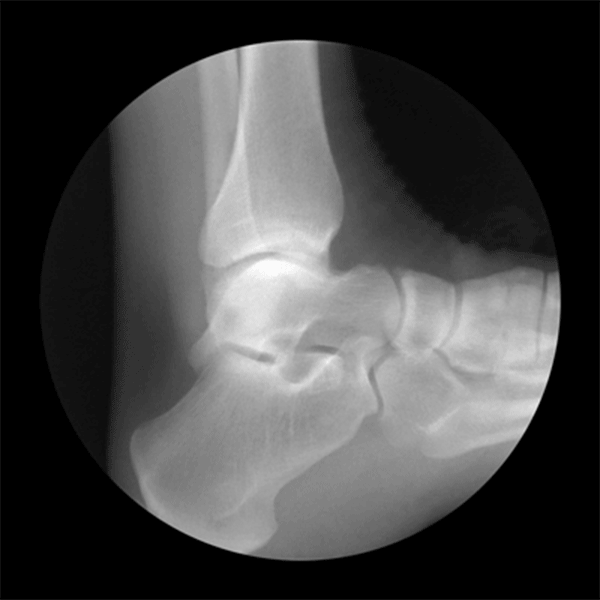Muscle Movements
Origins and Insertions
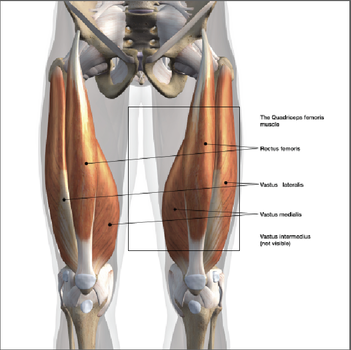
It is Important to be Able to Distinguish Between the Origin and the Insertion Point of a Muscle. This information reveals to us the functionality or actions of the muscle.
Remember that structure equals function!
Skeletal muscles attach to at least 2 bones, and span one movable joint. The way that these muscles attach to the bones of your body, is through TENDONS.
When we talk about "origins" and "insertions", we are talking about these attachments of the muscle to the bone (through the assistance of the tendons).
Remember that structure equals function!
Skeletal muscles attach to at least 2 bones, and span one movable joint. The way that these muscles attach to the bones of your body, is through TENDONS.
When we talk about "origins" and "insertions", we are talking about these attachments of the muscle to the bone (through the assistance of the tendons).
Muscles always PULL they never PUSH.
|
When muscles contract, the muscle is shortened. Muscles are composed of individual muscle fibers that are composed of repeating units called sarcomeres. When the muscle receives the command from the nervous system to contract, the actin and myosin filaments in the sarcomeres slide past one another, causing each of the activated sarcomere to become shorter. As these sarcomeres shorten, the entire muscle is shortened. |

Actin and myosin filaments in the sarcomeres slide past one another causing the muscle to contract. When the muscle contracts (becomes shorter) it PULLS on its attachment points where it is connected (through tendons) to the bones.
|
|
Typically, when we contract a muscle, one of the bones the muscle attaches to moves a lot, while the other bone(s) the muscle attaches to remains relatively "fixed" in space.
|
Muscle Movements
When a muscle contracts, it pulls the bones it connects to closer to one another, by decreasing the angle of the movable joint that is spans. Knowing the insertion and origin helps us identify the action of the muscle. The way in which these bones are able to move closer to each other is dictated by the type of joint that the muscle spans.
Muscular contraction produces an action, or a movement.
ROTATION
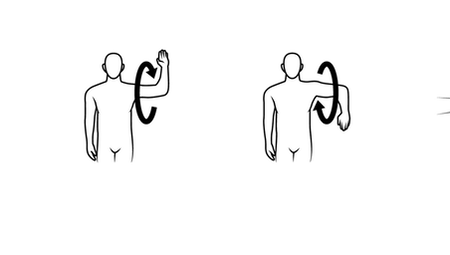
Rotational motion may occur at a number of different types of joints. When rotational motion occurs at a ball-and-socket joint, such as the hip or shoulder joint, the rotational movement can be described as internal rotation or external rotation.
Internal rotation would be the rotational motion of a limb that is directed TOWARD the midline of the body, whereas external rotation would be the rotational motion of a limb that is directed AWAY FROM the midline of the body.
Internal rotation would be the rotational motion of a limb that is directed TOWARD the midline of the body, whereas external rotation would be the rotational motion of a limb that is directed AWAY FROM the midline of the body.
|
Rotational movements can also be describes as internal or external, if the rotation results in a direction that is directed either toward the midline of the body or away from the midline of the body. Internal rotation (or medial rotation) refers to rotation towards the axis of the body. External rotation (or lateral rotation) refers to rotation away from the center of the body. Rotating the arm away from the body is external rotation. Rotating the arm closer to the body is internal rotation.
|
Flexion and extension of the foot
Dorsiflexion and plantar flexion refer to extension or flexion of the foot at the ankle. These terms refer to flexion between the foot and the body's dorsal surface, considered the front of the leg, and flexion between the foot and the body's plantar surface, considered the back of the leg.[25] These terms are used to resolve confusion, as technically extension of the joint refers to dorsiflexion, which could be considered counter-intuitive as the motion reduces the angle between the foot and the leg. [26]
Dorsiflexion where the toes are brought closer to the shin. This decreases the angle between the dorsum of the foot and the leg.[27] For example, when walking on the heels the ankle is described as being in dorsiflexion.[26]
Plantar flexion or plantarflexion is the movement which decreases the angle between the sole of the foot and the back of the leg; for example, the movement when depressing a car pedal or standing on tiptoes.[26]
A ballerina, demonstrating plantar flexion of the feet.
Dorsi and plantar flexion of the foot.
Flexion and extension of the hand
Palmarflexion and dorsiflexion refer to movement of the flexion (palmarflexion) or extension (dorsiflexion) of the hand at the wrist.[28] These terms refer to flexion between the hand and the body's dorsal surface, which in anatomical position is considered the back of the arm; and flexion between the hand and the body's palmar surface, which in anatomical position is considered the anterior side of the arm.[29] The direction of terms are opposite to those in the foot because of embryological rotation of the limbs in opposite directions.[10]
Palmarflexion refers to decreasing the angle between the palm and the anterior forearm.[28]
Dorsiflexion refers to extension at the ankle or wrist joint. This brings the hand closer to the dorsum of the body.[28]
Praying Hands by Albrecht Dürer, demonstrating dorsiflexion of the hands.
Pronation and supination
See also: Pronation of the foot
Pronation (/proʊˈneɪʃən/) and supination (/suːpɪˈneɪʃən/) refer most generally to assuming prone or supine positions, but often they are used in a specific sense referring to rotation of the forearm or foot so that in the standard anatomical position the palm or sole is facing anteriorly (supination) or posteriorly (pronation).[30]
Pronation at the forearm is a rotational movement where the hand and upper arm are turned inwards. Pronation of the foot refers to turning of the sole outwards, so that weight is borne on the medial part of the foot.[31]
Supination of the forearm occurs when the forearm or palm are rotated outwards. Supination of the foot refers to turning of the sole of the foot inwards, shifting weight to the lateral edge.[32]
Supination and pronation of the foot
Supination and pronation of the arm
|
Medial and lateral rotation
describe movement of the limbs around their long axis. Medial rotation is a rotational movement towards the midline. Lateral rotation is a rotating movement away from the midline. This is in the opposite direction to the movements described above. |
FLEXION AND EXTENSION
|
Flexion and extension describe movements that affect the angle between two parts of the body. Flexion describes a bending motion that results in the decrease of the angle formed by the bones being moved. For example, bending the elbow or knee, are examples of flexion.
Forming a fist, or bending the fingers is considered flexion of the digits. |
|
|
Flexion is movement that decreases the inner angle of the joint. A flexor is a muscle that causes flexion. Extension is movement that increases the inner angle of the joint. An extensor is a muscle that causes extension. When a joint can move BOTH in the anterior (forward) direct as well as in the posterior (backward) direction, flexion is defined as the movement in the anterior direction. Of course, extension in these types of joints is defined as the movement in the posterior direction. For example, flexion of the shoulder joint, refers to moving the leg in the anterior direction of the body, with respect to "anatomical position".
|
Extension is the opposite of flexion, describing a straightening movement that increases the angle between body parts.[12] When a joint can move forward and backward, such as the neck and trunk, extension refers to movement in the posterior direction.
|
|
|
Leaning the head forward to look at your toes, is considered flexion of the neck. Leaning the head backward to look at the sky (in anatomical position) is considered extension of the neck.
Hyperextension |
Leaning forward to touch the toes, is considered flexion of the torso or trunk. Leaning backward is considered extension of the torso or trunk.
|
If a part of the body such as a joint is overstretched or "bent backwards" because of overly extended beyond the normal range of extension the joint can handle, this is called hyperextension. Hyperextension increases the stress on the ligaments of a joint and can result in damage to the muscles (pulled muscles) or dislocation of a bone.
ABDUCTION AND ADDUCTION
Abduction is the motion of a structure away from the midline while adduction refer to motion towards the midline of the body. Abduction refers to a motion that pulls a structure or part away from the midline of the body. Adduction refers to a motion that results in moving part of the body toward the midline of the body.
Pronation and Supination
Pronation: rotating the forearm so the palm is facing backward or down.
Supination: rotating the forearm so the palm is facing forward or up.
Supination: rotating the forearm so the palm is facing forward or up.
Circumduction
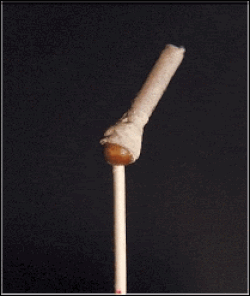
Circumduction refers to a conical movement of a body part. Circumduction is a combination of flexion, extension, adduction and abduction. Circumduction is best performed at ball-and-socket joints, such as the hip and shoulder. However, circumspection can be performed by other parts of the body such as fingers, hands, feet, and head.
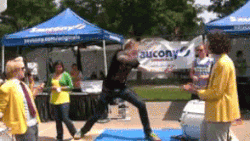
Circumduction is defined as the conical movement of a limb or extremity such that the distal end forms undergoes a circular motion while the proximal end remains fixed.
Inversion and Eversion
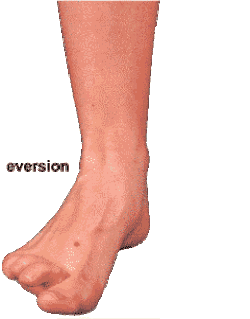
Inversion and eversion are defined as the movements of the foot that tilt the sole of the foot either away from (eversion) or towards (inversion) the midline of the body. Eversion is the movement of the sole of the foot away from the midline of the body. Inversion is the movement of the sole of the foot towards the midline of the body.
Elevation and Depression
The muscular movements of elevation and depression describe movements that would result in moving part of the body either superiorly (as is elevation) or inferiorly (as in depression).
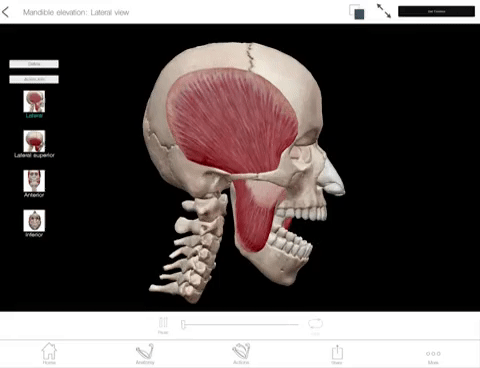
Elevation and depression are up-and-down (or superior and inferior) movements of parts of the body. For example, elevation and depression can be seen in the jaw when you are chewing gum, or in the shoulders when you shrug and then relax your shoulders. The jaw is depressed when you move the mandible downward, to open the mouth. The jaw is elevated when you move the mandible upwards, to close the mouth. Shrugging the shoulders elevates the scapula, clavicle and humerus. Relaxing the shoulders elevates the scapula, clavicle and humerus.
|
The terms elevation and depression refer to movements that occur in the superior or inferior directions when standing in the anatomical position. Elevation refers to movement in a superior direction. For example, shrugging your shoulders is an example of elevation of the scapula. Depression refers to movement in an inferior direction, the opposite of elevation.
|
Protraction and Retraction
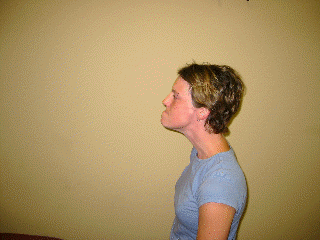
By moving your jaw back and forth in a jutting motion, you are protracting and retracting your mandible. Protraction: moving a bone forward without changing the angle. Retraction: moving a bone backward without changing the angle
Dorsiflexion and Plantarflexion
Dorsiflexion is the movement of the foot upwards, or closer to the shin.
Plantarflexion is the movement of the foot downward, so that the foot is farther from the shin, such as when you stand on your "tip toes".
Plantarflexion is the movement of the foot downward, so that the foot is farther from the shin, such as when you stand on your "tip toes".
Remember, a muscle attaches to at least 2 bones and spans at least 1 movable joint. In order to determine the function of the muscle, you need to see if that muscle passes in front or behind the joint it spans.
Remember that muscles by themselves, really only have 2 actions; they can either contract (shorten) or relax. This means that muscles will essentially either 'pull' on the bones it attaches to, or "not pull" on those bones.
Remember that muscles by themselves, really only have 2 actions; they can either contract (shorten) or relax. This means that muscles will essentially either 'pull' on the bones it attaches to, or "not pull" on those bones.
You may be thinking, "how am I going to memorize all of these actions of the muscle?" The answer is simply YOU DON'T! You should not "memorize" the functions of the muscles. Instead you should know your anatomy and be able to infer the action of the muscle based on its origin and insertion, and by the position of the muscle relative to the joint it crosses.
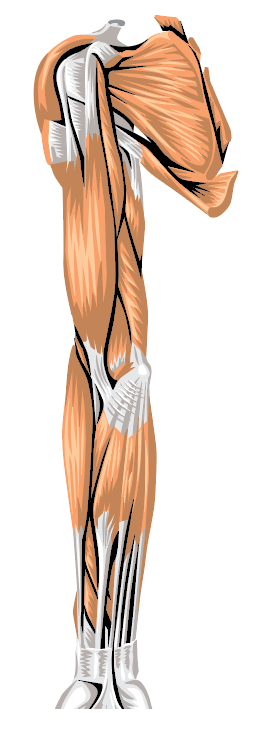
Rules for determining muscle function/action:
- When the muscle passes in front of (anterior to) the joint, it functions in FLEXION. Flexion decreases the angle of the joint.
- When the muscle passes in behind (posterior to) the joint, it functions in EXTENSION. Extension increases the angle of the joint.
- When the muscle passes on the lateral side of the joint, it functions in ABDUCTION. Abduction acts to move a body part away from the midline.
- When the muscle passes on the medial side of the joint, it functions in ADDUCTION. Adduction acts to move a body part toward the midline.

